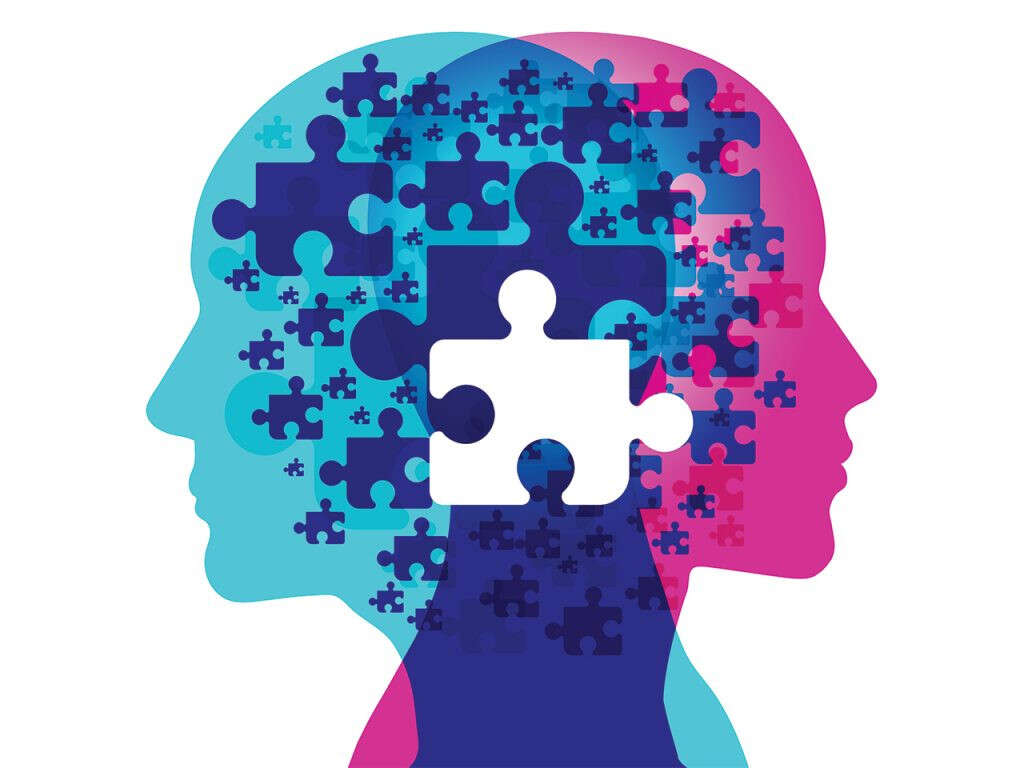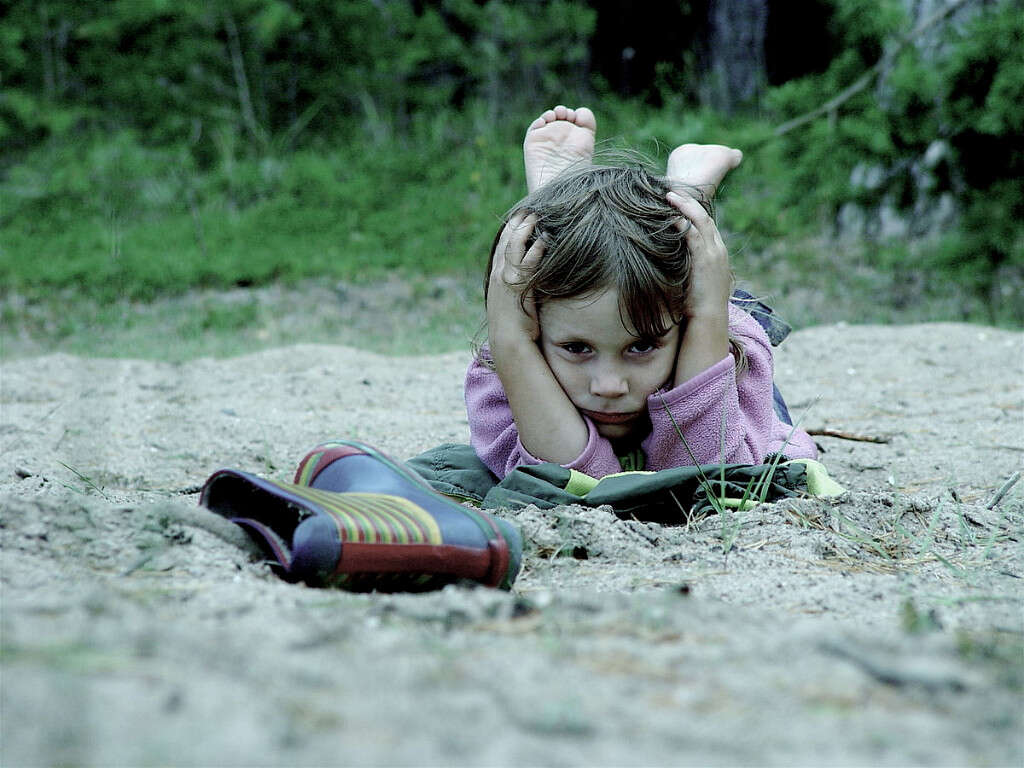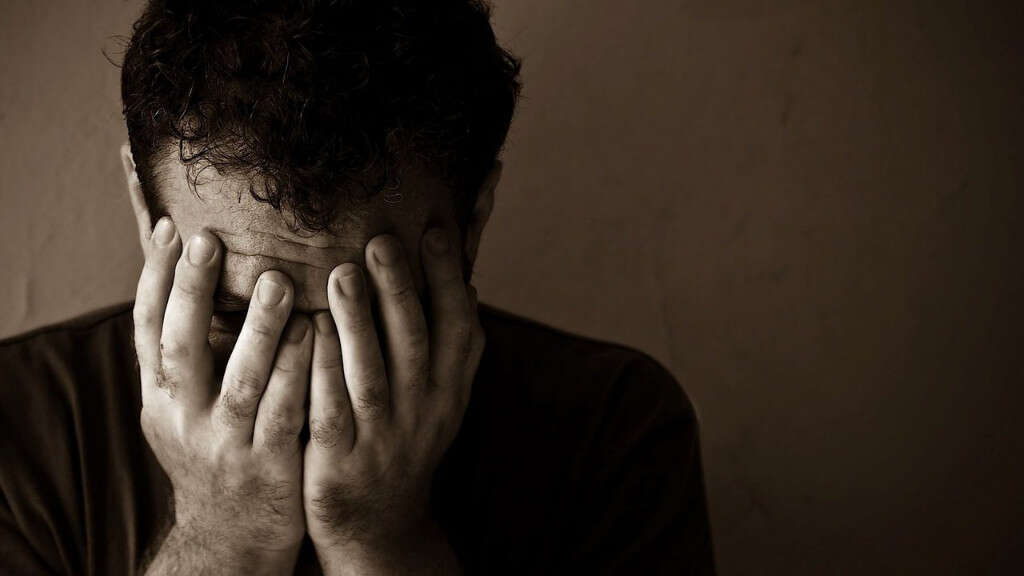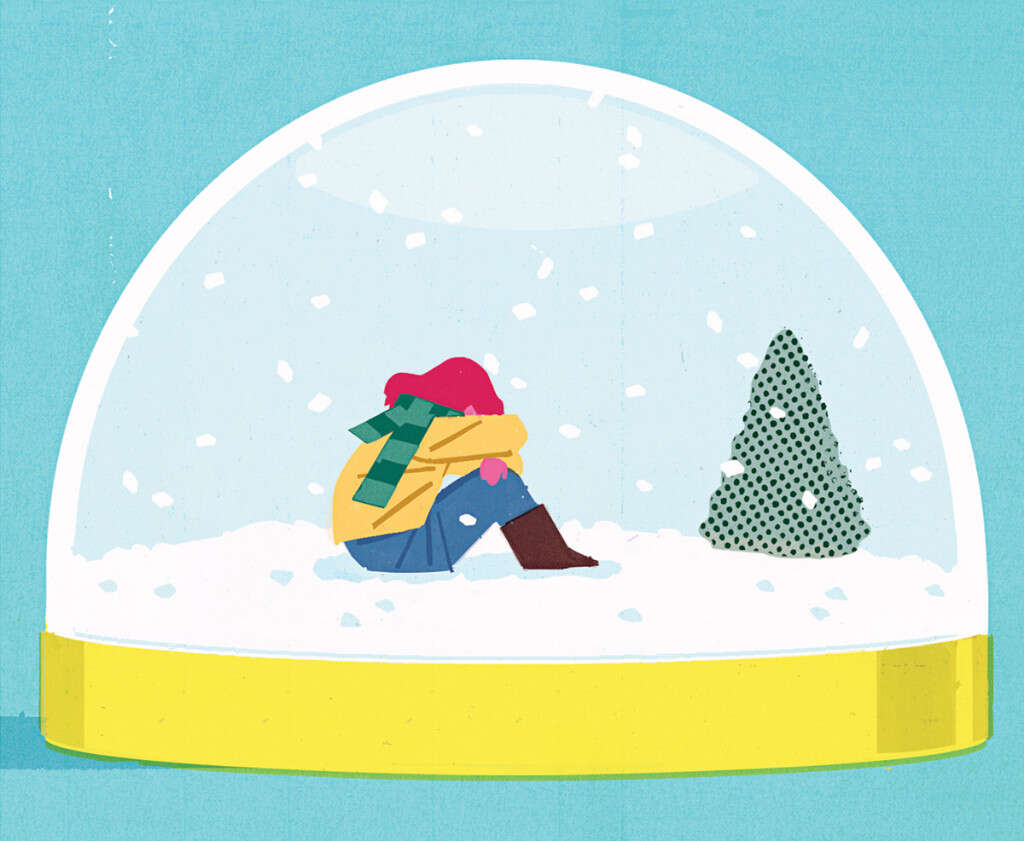10 Common Mood Disorders
Most of us are recognized as having a particular type of mood. Some people are happy and carefree while others might be more serious. Regardless, these different moods still tend to lay within certain ranges, and they tend not to fluctuate to extremes. Some people, though, have mood disorders that do cause extremes in moods.
Mood disorders can have a severe impact on peoples’ lives. They can cause people to live a life full of sadness, fear or insecurity.
In some instances, they can even lead to the patient taking their own life. Here’s a look at some of the most common mood disorders that affect people all over the world.

Mood Disorder #1: Bipolar Disorder
Bipolar disorder is perhaps one of the best known of all mood disorders. Also known as manic depression, it is characterized by the patient experiencing extreme mood swings either way. The patient can experience extreme depression, and then not long afterwards experience extreme mania.
Mania is a condition in which the patient is basically ‘too’ happy. Everything can be perfect to them, even when things are not going well at all. They can struggle to control their impulsions and will also find they have seemingly endless energy. Their medication will need to try and find a balance between depression and mania.

Mood Disorder #2: Cyclothymic Disorder
This condition is similar to bipolar disorder in that it causes patients to experience highs and lows in mood. The main difference between the two is that cyclothymic disorder is not as severe. Regardless, it can still have a considerable impact on somebody’s life.
People with the condition will not experience highs or lows that meet either the intensity or the duration of those with bipolar disorder. While the symptoms may not be as severe as with bipolar disorder, the condition overall is likely to last for longer. Such mood swings can put significant strain on both professional and personal relationships.

Mood Disorder #3: Disruptive Mood Dysregulation Disorder
Kids can be a handful sometimes. They can be very demanding, and it can be very difficult to reason with them. Still, though, despite the occasional outburst they tend to be quite well behaved overall. That can’t be said for those with disruptive mood dysregulation disorder, though.
This is a disorder that affects children. It causes them to have a severe, persistent irritability. It can result in regular outbursts even at the slightest of things. Their behavior also tends to be inconsistent with their age, causing even older children to act like toddlers. It can be extremely difficult for parents to handle, but help is usually available.

Mood Disorder #4: Major Depressive Disorder
This is the condition that we know simply as ‘depression, and it is one of the most common mental disorders of all. It is also the deadliest, with suicide one of the biggest killers in young to middle-aged men. The condition makes people feel sad and empty even when there is no reason for them to do so. It doesn’t just go away when something good happens, the patient cannot just ‘cheer up’.
One of the biggest problems with depression is that it is a silent killer. Patients will generally suffer alone and will usually appear to be happy on the outside. On the inside, though, they can be struggling with the illness on a regular basis.

Mood Disorder #5: Dysthymia
There are different types of depression that can affect people in different ways. Dysthymia is a type of depression that has symptoms that are less severe than that of standard depression. Although the symptoms may not be as severe, they are likely to last for a lot longer.
People with dysthymia will tend to go for long periods feeling generally down and have a low sense of self-esteem. They will be reluctant to get involved with activities and hobbies and will often shy away from social situations. It can have quite an impact on the patient’s quality of life overall.

Mood Disorder #6: Premenstrual Dysphoric Disorder
Premenstrual syndrome (PMS) is a condition that affects women who are approaching menstruation. It is sometimes referred to in a derogatory manner toward women, whereas it is a genuine condition that deserves understanding rather than contempt. It is common and affects different women to different degrees.
Premenstrual dysphoric disorder also affects women approaching their menstrual cycle, but much more severely. It can bring on bouts of severe depression and irritability and place considerable strain on relationships and other commitments. The condition affects around 3-8% of women worldwide. If you do suffer considerably when your menstrual cycle is close, you should consider speaking with a doctor.

Mood Disorder #7: Seasonal Affective Disorder (SAD)
Many of us will find that our mood will improve when our favorite time of year comes around. This is mostly because we like the sunshine, making us happier when the summer finally comes around again. Such moods swings are just mild and general, though, but some people will find it much worse.
Seasonal Affective Disorder (SAD) is a condition that typically causes depression when the summer is over. The patient can suffer from depression throughout autumn and winter until the spring arrives again. A smaller group of patients can find that the symptoms begin in summer or even in late spring.

Mood Disorder #8: Depression Through Illness Or Medicine
The causes of Major Depressive Disorder are not well understood. We are still trying to understand why people get the condition, and how to treat it. Sometimes, though, the causes of depression can be far easier to pinpoint. It is quite often caused by illnesses, or by medicines.
It is often known in advance that certain medications will cause the victim to become depressed. Depending on their necessity, though, there may be little choice in giving them to the patient. Recreational drugs can also lead to depression, and a vicious circle can form because depression can lead to more drug use.

Mood Disorder #9: Postpartum Depression
Having a baby can be a very exciting time for all concerned. It can also be a very anxious time, with a great deal of worrying about how everything will go. For some people, it can even bring on bouts of depression and extreme anxiety in a mood disorder known as Postpartum Depression.
Postpartum depression happens after giving birth as the patient’s hormones levels are severely impacted by the occasion. The symptoms can make it difficult for the patient to care for their newborn baby and, in severe cases, it can even lead to the baby being neglected. It can affect men as well as women.

Mood Disorder #10: Psychotic Depression
Some mental illnesses can have a severe impact on how we see the world, sometimes in a literal sense. The brain is a very complex organ and this means that there is a lot that can go wrong. When things do go wrong sometimes, it can have some profound effects. Psychotic depression is one such example.
People with the condition will experience the typical symptoms of depression and they will also experience hallucinations. These hallucinations can be audible and visual and people might also feel things that are not there. In addition, they can also be convinced that certain things are true even when they are not (delusions).












